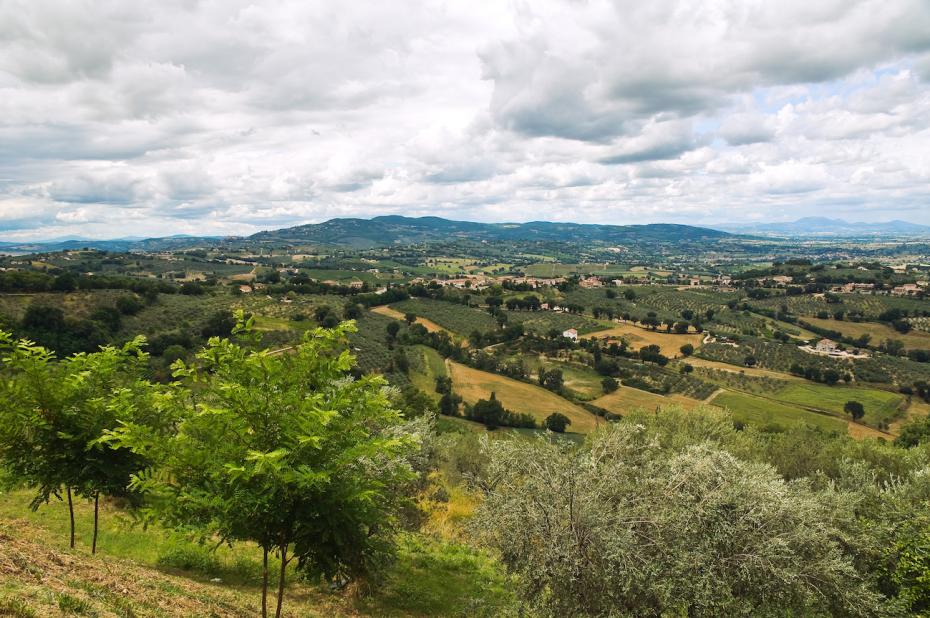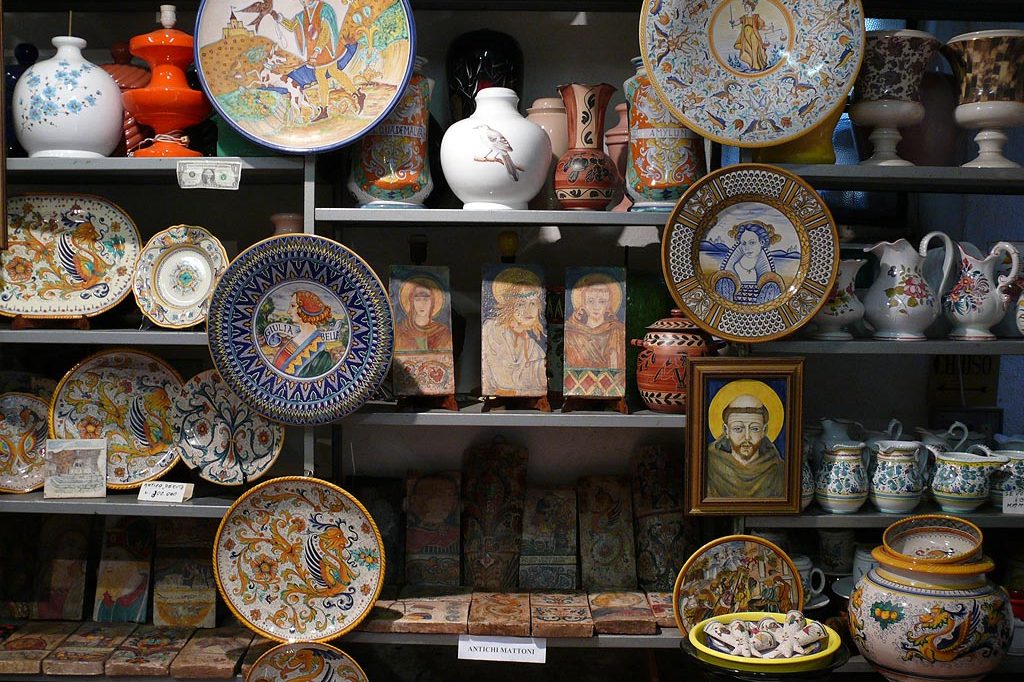Since the town of Civita da Bagnoregio has been listed for a candidature as a UNESCO world heritage site, Italy committee nurtures hope for town’s campaign and states that the town has all it takes to pass the phases of the application and obtain this prestigious recognition. Let’s take a tour with Victoria around the town.
“The town that is dying” is the rather gloomy description of Civita di Bagnoregio. Judging solely by the throngs of visiting tourists one would hardly think that that is the case. However, it wasn’t from lack of tourism that “the town that is dying” title originated…
Civita di Bagnoregio is located in the region of Lazio in central Italy. It is about 120 kilometers (about 75 miles) north of Rome and almost 22 kilometers (about 14 miles) from Orvieto, Umbria.
Civita di Bagnoregio, main entrance
Today Civita di Bagnoregio sits alone, isolated and seemingly suspended aloft a tufa plateau surrounded by craggy ravines eroded by centuries of corrosion and deterioration at the hands of Mother Nature. Sculpted by wind, rain and a series of devastating earthquakes, it can only be reached on foot via a concrete foot bridge but this wasn’t always the case.
At one time Civita and Bagnoregio were part of the same city. Founded by the Etruscans about 2500 years ago, like so many thriving ancient cities, it was strategically situated along major ancient trade routes. Over the centuries it was inhabited by the Lombards, the Romans and the Franks until, in the 8th century, it became a papal state. In the 12th century it became a free Comune ruled by feudal lords.
Among them was the tyrannical Monaldeschi family who were also lords of nearby Orvieto. It wasn’t a particularly harmonious relationship and, in 1457, erupted into a revolt and the destruction of the fortress belonging to the Monaldeschi family. Just so no one would forget, the townspeople mounted sculptures of two lions holding human heads over the Santa Maria gate and they greet your entry to Civita to this day.
Civita’s defining moment and decline began with a catastrophic earthquake in 1695. Being surrounded on three sides by steep ravines, what was once its strategic advantage and protection became its greatest vulnerability and sealed its fate. Many fled following the disastrous damage and over the centuries, landslides and erosion resulting from ongoing quakes left Civita virtually deserted. A bridge connecting the two cities eventually eroded and was bombed during World War II. Despite the fact that a new pedestrian bridge was constructed in 1965, today there are only 6 full time inhabitants and approximately 100 in summer.
The walk across the pedestrian bridge is fairly long, 300 meters, with a slow steep incline but just the spectacular views of the surrounding valley make the trek worthwhile. Upon reaching and entering the sole entrance carved out by the Etruscans thousands of years ago, Porta Santa Maria, and entering the pleasant main piazza of this medieval village, you definitely feel like you have stepped back in time.
Civita is also the birthplace of San Bonaventura who is said to have been cured here by St. Francis of Assisi. Gone is the monastery of St. Francis of Assisi but still remaining and overlooking Piazza Duomo is Chiesa di San Donato. Constructed in the 13th century in the Romanesque style, it was remodeled in the 16th century and, despite the destructive earthquakes, has never been abandoned since relics of the popular Santa Vittoria still remain here.
It was native son and writer, Bonaventura Tecchi, who first referred to Civita di Bagnoregio as “the town that is dying” in the 1950’s. Drawing attention to his hometown’s perilous state helped to initiate efforts to save and preserve this medieval gem. Since, many dwellings have been restored as summer residences and tourism and interest have burgeoned.
Exploring the narrow pathways lined with its medieval dwellings, one sees window gardens, private terraces, stunning views and very contented cats! Between the Etruscan caves, breathtaking panoramas of the valley, and small but friendly collection of cafes to just sit and linger with a gelato or caffè, one can’t help but feel a bit wistful and hope that all of this will somehow be rescued from the inevitable hand of time…
Despite efforts to arrest her inexorable fate, Civita di Bagnoregio has remained on the list of the 100 Most Endangered Sites since 2006. Today it isn’t only Mother Nature that remains a threat to this gem, but the throngs of tourists. As is the case with so many ancient but terribly fragile sites, people and popularity are a mixed blessing.































